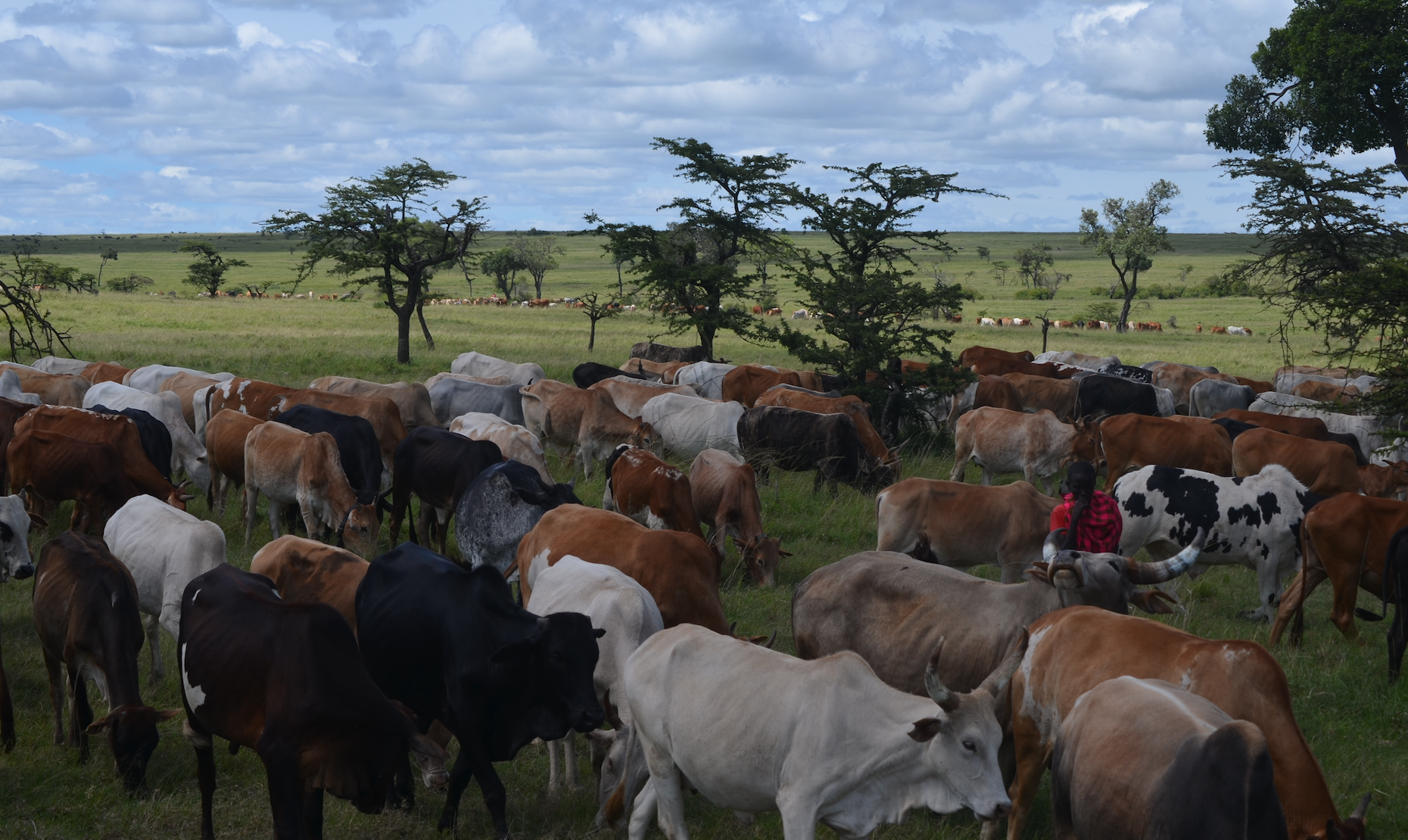Master Thesis results: Wild Herbivore Responses to Cattle Grazing During Multi-Annual Rainfall Fluctuations in a Rotational Grazing Scheme in the Mara Region, Kenya
This thesis, by Helena Johansen, cand.scient., Department of Biology, Aarhus University, Denmark, recommends maintaining a strong cohesive between fully-protected and semi-protected areas to maintain high wildlife populations and minimize competition between wildlife and cattle.

Cattle and wild herbivores have long been speculated to compete heavily for the often-limited resources found out on the savanna. However, despite significant dietary overlap, competitive interactions between cattle and several wild herbivore species have been shown to fluctuate and vary across seasons, years and environments. Many wildlife populations in Kenya exist today both in and around protected areas. Given how much wildlife share resources and space with livestock outside these protected areas, understanding those complex and interchanging dynamics between wild and domestic animals is increasingly important. Mara North Conservancy (MNC) is a community-based, semi-protected conservancy, just north of the fully protected game reserve, Maasai Mara National Reserve (MMNR). MNC operates on a rotational grazing scheme, where cattle can graze in allocated blocks that rotate throughout the year and appointed no-grazing zones, where cattle are not allowed to graze at any point during the year. This grazing scheme has been implemented to minimize competition with wild herbivores as well as prevent overgrazing.
This thesis, by Helena Johansen, cand.scient., department of Biology, Aarhus University (Denmark), examined how cattle can influence wild herbivore densities under such a grazing scheme by using strip transects and sampling during two different years (rainfall and drought). It was found that wild herbivores had the highest overall density inside cattle grazing zones compared to no-grazing zones in the wet year, while no significant difference was found in the dry year. There were higher instances of facilitation between cattle and wild herbivores in the wet year and higher levels of negative relations for the dry year.
Based on this, refugia and forage banks, such as no-grazing zones or protected areas, are increasingly important during resource-scarce periods, i.e., during droughts. However, cattle-dominated conservancies can support and facilitate a large number of wild herbivores when resources are abundant. As such, both community-based conservancies and fully protected areas are equally important in Kenyan wildlife conservation effort.
Link to the Master thesis:
https://mgmt.au.dk/fileadmin/ingen_mappe_valgt/HelenaJohansen_201508568.pdf